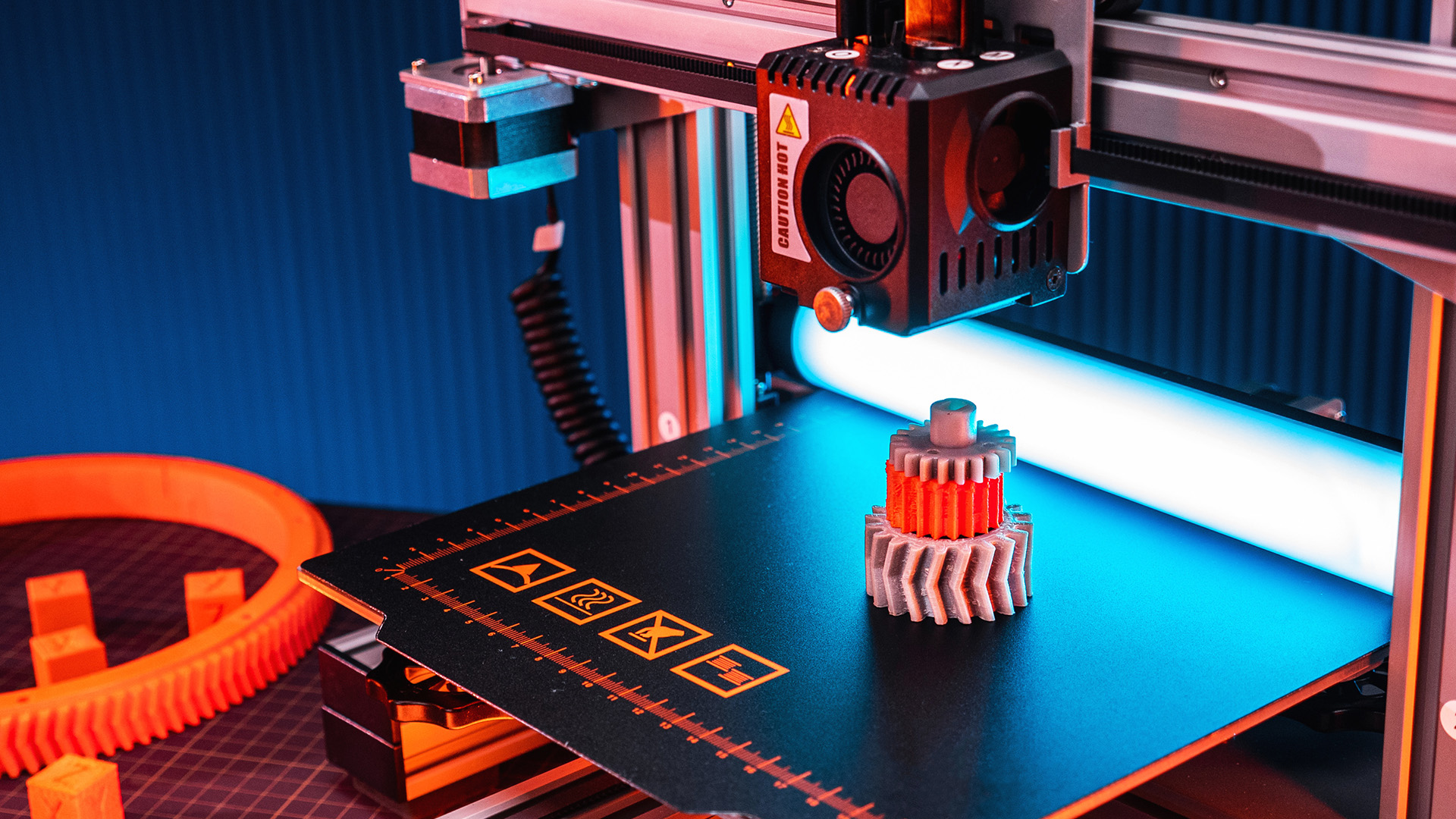5 Keys to Successfully Enable On-Demand Manufacturing
Eager to develop an on-demand manufacturing model? Learn how to successfully leverage additive manufacturing on-demand.
On-demand manufacturing has become an increasingly attractive prospect to service bureaus, suppliers, and original equipment manufacturers, as industries grapple with supply chain disruptions due to the COVID-19 pandemic. Whereas previous supplier and manufacturing priorities focused on producing lean, just-in-time parts, we’re now seeing a shift toward risk-averse manufacturing methods to fortify supply chains.
As on-demand becomes more ‘in-demand,’ significant questions arise regarding the feasibility and cost-effectiveness of short- and long-run on-demand manufacturing production runs. Today, on-demand manufacturing is primarily innovative and yet to be widely applicable to all industries. However, specialized opportunities exist for cutting-edge organizations to get ahead of manufacturing and supply chain trends, to lay the groundwork for future on-demand manufacturing models.
This article will discuss five keys to successfully enabling on-demand manufacturing.
Find New Applications and Business Cases for AM
Approaching additive manufacturing from a conventional manufacturing perspective can lead to disappointment. On the other hand, on-demand manufacturing promises simplified manufacturing without supply chain constraints. First, however, it’s necessary to understand which use cases provide the greatest benefit to your organization.
One of the most critical exercises for organizations when first embarking on their AM journey is identifying new applications and business cases for additive manufacturing. This process involves screening current part inventory and analyzing which parts are printable and printable parts that require design changes, off-the-shelf parts, and parts not suitable for 3D printing. From here, additional analysis determines whether AM is both technically and economically feasible.
Dr. Livesay is the Dean of the College of Computing at Michigan Technological University, a role he began in 2021. His research spans biophysics, chemistry, computing, and data science. His priorities for the college include a comprehensive embrace and response to digital transformation, including AI and Industry 4.0 . Immediately prior, he was the Dean of the College of Engineering at Wichita State University, where he was also a tenured full professor in both the Department of Biomedical Engineering and Department of Chemistry and worked with many local manufacturers on research projects and their talent pipeline. He was a founding member of the Department of Bioinformatics & Genomics at the University of North Carolina at Charlotte.




